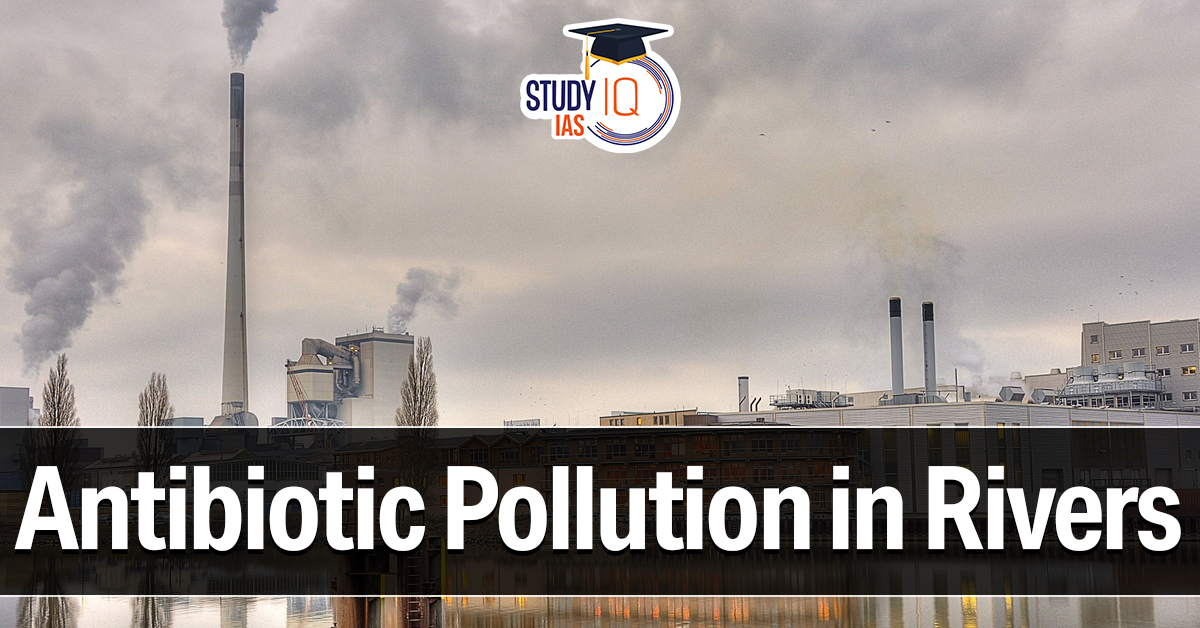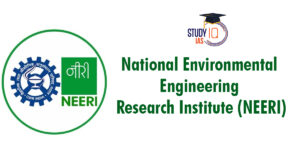Table of Contents
Context: According to a recent study, 6 million km of rivers worldwide are exposed to antibiotic concentrations exceeding safety thresholds for ecosystems.
Study on Antibiotic Pollution in Rivers
- Scientists used a global river dataset (RiverATLAS) to estimate how much antibiotic pollution exists in the world’s rivers.
- They studied 21 commonly used antibiotics and estimated their levels in 5 million river segments, covering around 36 million kilometres of rivers worldwide.
- Main contributing antibiotics: Amoxicillin, Ceftriaxone & Cefixime.
- 80% of Indian rivers are at risk of antibiotic contamination.
- Cefixime (used to treat bronchitis and other infections) is the biggest contributor to river pollution in India
- India is one of the most affected countries in the world.
- Other High-Risk Countries: Nigeria, Pakistan, Ethiopia and Vietnam.
How Do Rivers Get Contaminated?
- Human Waste: When we take antibiotics, a part of them does not get digested and is excreted in urine and faeces. This waste goes into sewage systems.
- Poor Wastewater Treatment: Most wastewater treatment plants do not remove antibiotics effectively ➡️ Drugs end up flowing into rivers.
Impacts
- Environmental Damage: Antibiotics in rivers harm aquatic life.
- They can disrupt natural microbial ecosystems in water.
- Antibiotic Resistance: The biggest threat is that bacteria in rivers become resistant to antibiotics. These resistant bacteria can:
- Enter human or animal bodies through water or food.
- Cause infections that cannot be treated by common medicines.


 National Environmental Engineering Resea...
National Environmental Engineering Resea...
 Tiger Reserves in Madhya Pradesh List an...
Tiger Reserves in Madhya Pradesh List an...
 Colossal Squid Resembles a ‘glass scul...
Colossal Squid Resembles a ‘glass scul...





















